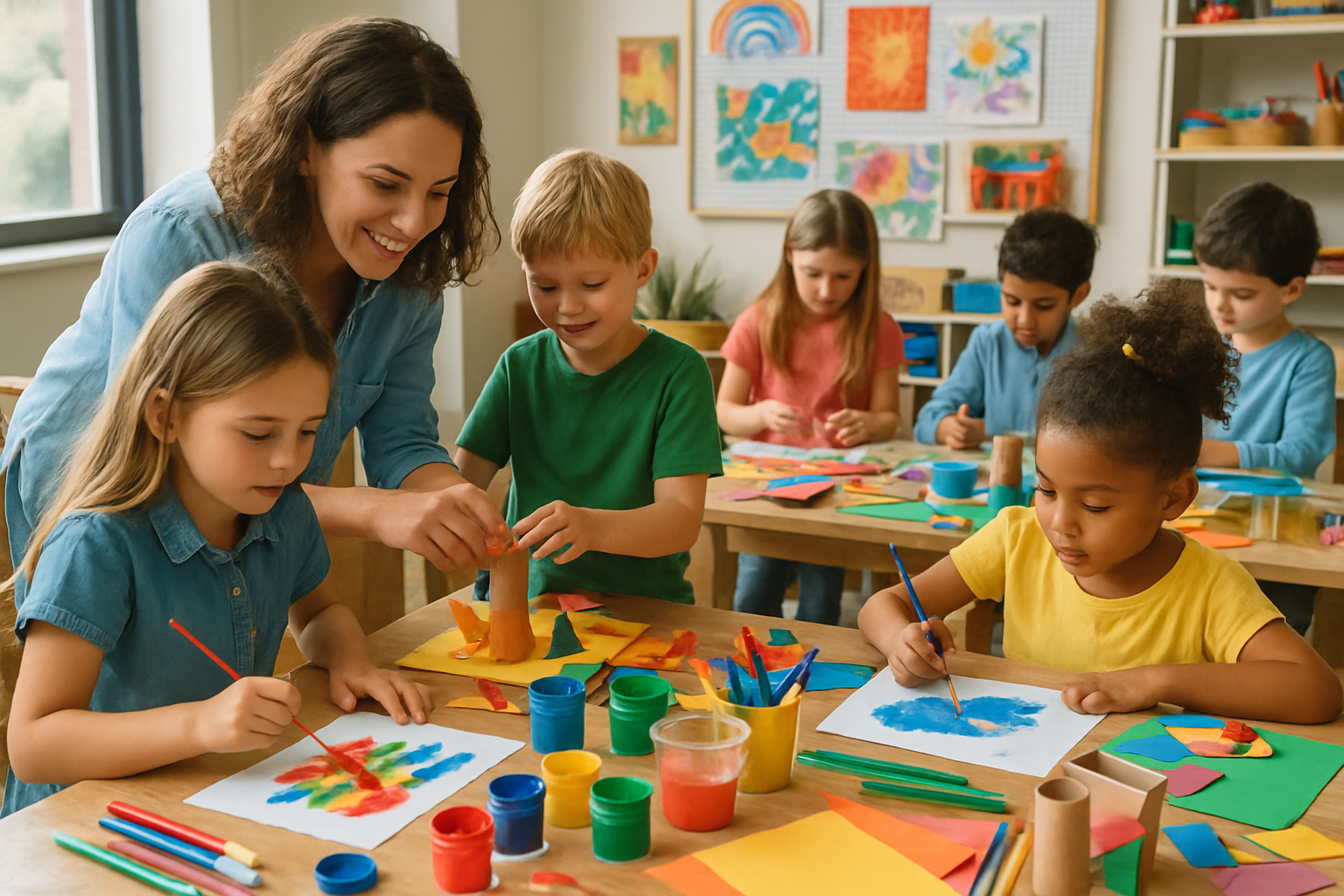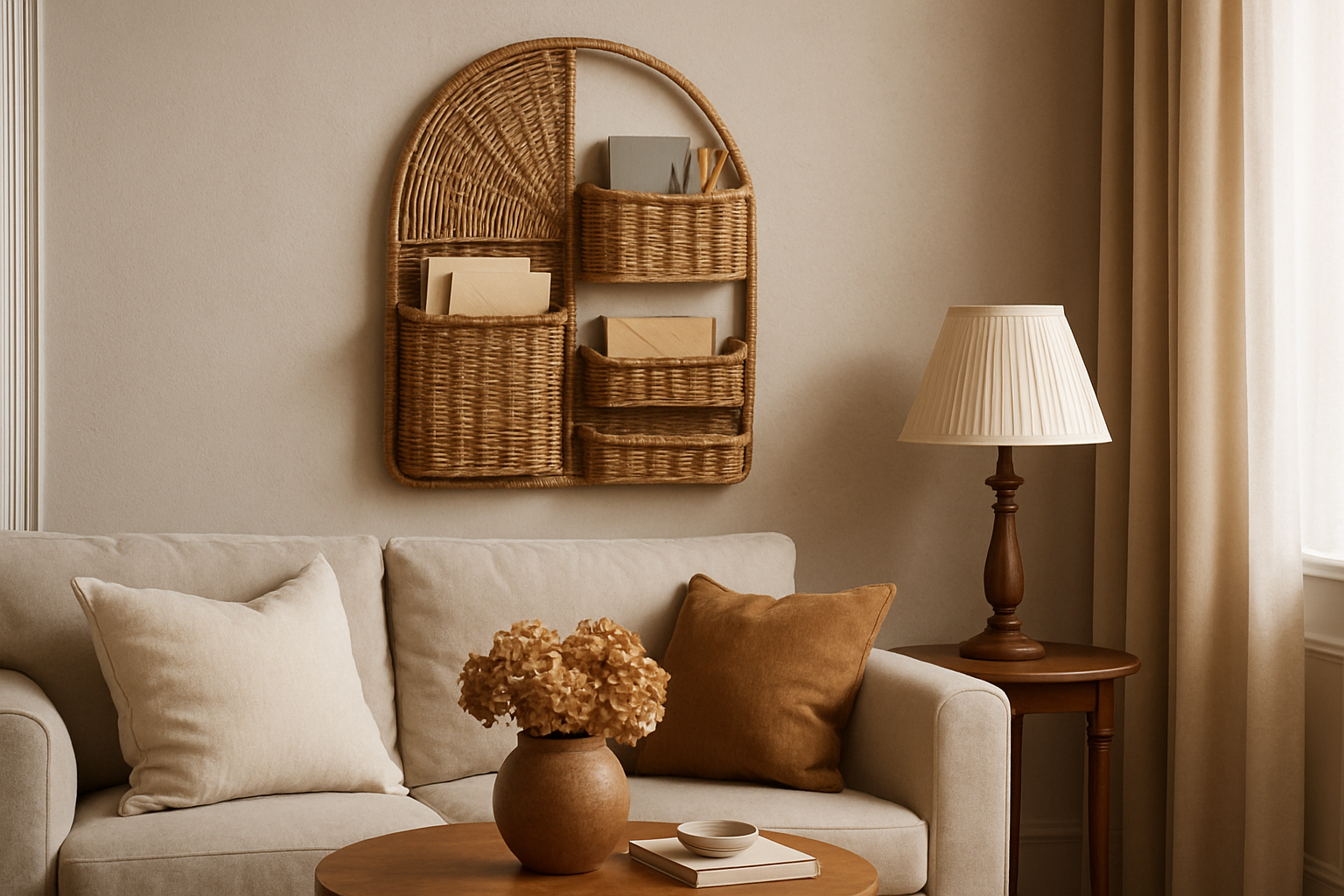TL;DR: Learning arts and crafts sparks creativity and builds skills in ways no screen can match. This article reveals practical tips, common challenges, and creative projects to immerse you fully.
Everyone knows that learning arts and crafts boosts creativity, patience, and focus.
But what are they, exactly?
This article gives you a complete cheatsheet for thriving in the world of arts and crafts.
Some are time-honored traditions passing from generation to generation.
Some are modern crafts merging tradition and technology.
Some are hands-on projects that spark joy and skill at any age.
Some tackle everyday organization and beauty with natural materials.
Some challenge your patience but reward with endless satisfaction.
Let’s dive right in.
What Is Learning Arts and Crafts, and Why Should You Start?
Learning arts and crafts involves mastering practical creative skills—like painting, knitting, woodworking, or clay modeling—that anyone can enjoy. It’s more than fun; it develops hand-eye coordination, critical thinking, and emotional expression.
Imagine creating your own wall decoration or gifts for loved ones—learning specific crafts connects you to both tradition and innovation.
Many people wonder: can arts and crafts enhance children’s education or adult wellbeing? The answer is an emphatic yes. From boosting motor skills in kids to reducing stress in adults, the benefits are vast.
For example, parents who engage children in art projects often face challenges like managing mess or short attention spans. Preparing a designated art space and planning activities that allow multiple small projects can keep kiddos engaged and parents sane (source).
Adults often return to arts and crafts as a way to decompress, learn something new, or create beauty in practical ways. From making your own clay or tie-dye shirts to woodworking or basket weaving, crafts enrich your life oddly beyond their simple appearance.
How Can You Start Learning Arts and Crafts Effectively?
Starting on your arts and crafts journey can feel overwhelming at first. But with the right approach, you’ll find joy and progress quickly. Here’s how:
- Choose Your Interest: Identify a craft that excites you—maybe knitting, paper crafts, or pottery.
- Set Up Your Space: Dedicate an area for your creative work. Contain supplies and mess with covers or storage containers.
- Gather Basic Supplies: Buy or collect essential materials for your chosen craft. For example, flour and salt for making homemade clay.
- Follow Simple Projects: Start with beginner tutorials or kits; many YouTube videos offer step-by-step guidance. For instance, this popular video on making clay and tie-dye shirts demonstrates approachable projects perfect for beginners and kids.
- Practice Regularly: Even 15 minutes a day builds skill and deepens your creative flow.
Pro tip: Embrace mistakes and view them as learning opportunities. Creativity thrives on trial and error.
What Are Common Challenges in Learning Arts and Crafts — and How to Overcome Them?
Whether you’re crafting with kids, diving into a new medium, or balancing this hobby with life, challenges appear:
- Time Management: Kids need attention; projects take time. One artist shared waking up at 3 am to find quiet creative hours (source).
- Mess Control: Art can get messy quickly. Using protective table covers or contained art stations can save sanity and clean-up energy.
- Short Attention Spans: For children, projects that yield multiple small creations work better than a single big task.
- Lack of Confidence: Beginners often doubt their skills. Remember, every artist started somewhere, and persistence beats perfection.
- Supplies Organization: Finding the right tools when inspiration strikes is easier when craft materials are neatly stored and arranged.
To tackle these, plan your sessions, prepare materials in advance, and set realistic goals. As one experienced parent said, teaching independence in routine allows more creative freedom later (source).
Ever thought about combining natural materials with arts and crafts? Installing a stylish basket made of woven wicker on your wall is both an artistic and practical project. It’s more than fixing a basket; it’s an opportunity to add natural elegance to your space. For expert tips on picking the perfect spot, securing it properly, and coordinating the natural wicker hues with your walls, don’t miss this detailed guide here.
How Do Creative Projects Boost Learning and Development?
When children and adults engage in arts and crafts, they tap into a unique form of learning:
- Cognitive Skills: Planning and executing crafts boost problem-solving and critical thinking. Mindless crafts for adults also provide meditative relaxation (source).
- Fine Motor Development: For kids, holding brushes, cutting paper, or tying knots develop dexterity and hand strength.
- Emotional Expression: Art offers a safe space to express feelings and personal stories without words.
- Confidence Growth: Completing projects builds pride and motivation to take on bigger challenges.
- Social Skills: Group crafting encourages sharing, cooperation, and communication.
One inspiring story comes from a family who turned their kids’ art creations into lifelong keepsakes, strengthening bonds and memories (source).

What Are Some Essential Tips for Continuing Your Arts and Crafts Journey?
Once you get started, maintaining momentum is key to mastering arts and crafts. Here are some strategic tips for sticking with it:
- Set Clear, Achievable Goals: Break projects into small steps to avoid feeling overwhelmed.
- Keep Learning: Try different materials and methods. For example, mixing centuries-old basketry techniques with modern styling creates stunning decor pieces.
- Join a Community: Whether online forums or local craft groups, sharing with others keeps motivation high.
- Document Your Progress: Photograph your projects or keep a craft journal to reflect and inspire.
- Make It Personal: Tailor projects to your style and needs. Handmade gifts and home decor add extra meaning.
And don’t be afraid to reinvest in your tools and materials as your skills grow. Quality supplies can make a huge difference.
How Can Learning Arts and Crafts Inspire Your Home Decor?
Arts and crafts are not just hobbies; they transform your living space in surprisingly beautiful ways. Using hand-crafted items or creating your own pieces imbues your home with warmth, charm, and a story.
Take inspiration from weaving and basketry: placing a decorated wicker basket on your wall can function as elegant, natural storage. Proper installation matters — selecting the right wall, using strong fixing hardware, and matching colors with your decor ensures an aesthetic result that lasts. You can learn more with six pro tips on installing a wicker basket with style in this detailed guide here.
♥ Loved this? Discover more creative inspiration in Educational Arts and Crafts: The Ultimate Guide to Creative Learning and Development to keep your projects fresh and meaningful.

How Do Technology and Tradition Combine in Modern Arts and Crafts?
One exciting frontier in learning arts and crafts is blending timeless techniques with cutting-edge technology.
Digital design tools allow creators to draft detailed patterns before their hands touch the materials. Laser cutting and 3D printing add precision and unlock new forms. Still, the heart remains the same—the craft.
According to experts, mastering the blend of smarts and crafts creates innovative opportunities and keeps traditions alive simultaneously (source). This hybrid approach sparks fresh ideas and expands the scope of what arts and crafts can achieve.
Imagine crafting a custom-designed basket or wall piece with natural wicker, planned digitally for perfect fit and style—marrying art with science and skill.
What Should I Know About Learning Arts and Crafts With Kids?
Engaging children in crafts is rewarding but requires specific strategies. Keep these pointers in mind:
- Contain the Mess: Use large plastic table covers and organize supplies in bins.
- Prepare Short, Repetitive Tasks: Kids have limited focus. Having multiple small projects keeps them interested.
- Encourage Expression: Praise effort over outcome. Kids value their creative freedom.
- Create Safe Spaces: Let children know their artwork is valued and will be kept as cherished memories.
- Involve Them in Decisions: From colors to storage options, kids learn responsibility and gain ownership when included.
Parents often struggle with balancing attention and craft time, but good organization and clear expectations make it doable (source).

How Can I Organize My Craft Space for Maximum Creativity?
An organized craft space is a game changer for creative flow and efficiency.
Here’s how to set up a craft area that inspires and functions:
- Define Your Zone: Choose a spot with good lighting, comfortable seating and easy-to-clean surfaces.
- Use Vertical Storage: Shelves and wall-mounted baskets—like the elegant wicker ones mentioned earlier—free up floor space and keep tools accessible.
- Label Everything: Clear bins and labels speed up setup and cleanup.
- Secure Fragiles: Delicate supplies should have special containers or boxes.
- Create a Dedicated Supply Station: Keep frequently used materials handy in an arts-and-crafts toolkit or caddy.
By spending time organizing your space, you cultivate habits that let creativity take center stage without chaos.
Frequently Asked Questions About Learning Arts and Crafts
How long does it take to get good at arts and crafts?
Like any skill, consistent practice over weeks and months leads to noticeable improvement. Small daily or weekly projects build both technique and confidence. Don’t rush; enjoy the process.
Are arts and crafts good for stress relief?
Absolutely. Many adults find crafts like knitting or painting reduce anxiety and promote calm focus. The meditative flow of creating helps silence the noisy mind.
Can I teach myself arts and crafts?
Yes! Plenty of resources exist online—videos, blogs, tutorials—that let you learn at your own pace. Joining local classes or groups can enhance learning but isn’t mandatory.
What are budget-friendly craft ideas?
Using household materials—paper, fabric scraps, natural fibers—can keep costs low. Homemade clay recipes and recycled decorations offer creative fun without heavy expenses.
How can I involve kids who don’t like crafts?
Try projects tied to their interests—like making dinosaur or space-themed crafts. Short bursts of activity with plenty of encouragement can open new doors to fun.
What’s Your Next Step?
Tell us in the comments: How will you apply this to your learning arts and crafts journey?
We’ve unlocked the powerful world of creative learning—now it’s your time to craft, create, and conquer!
Leave a Reply